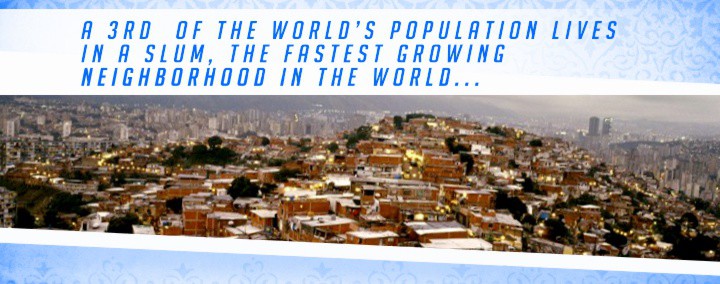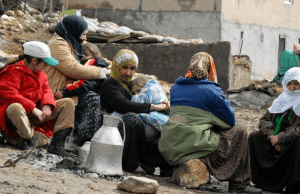People Living in Poverty Today:

There are 200 million poor people living in poverty in the world today, “who would gladly take the vow of poverty if they could eat, dress and have a home like I do.” By: Fulton Sheen
Housing for people living in poverty, or more to the point the houseless family, is a pervasive problem that means more then just having a nice place to sleep. The number of people living in poverty in the world today is estimated to be well over 25% of mankind.
For many, acquiring a new home is unimaginable. The cost involved to purchase the home is only part of the problem. With scarce materials available in many parts of the world it is impossible for people living in poverty to acquire the needed materials to build homes. If material is available, much of it is used to construct homes for middle income and higher purchasers leaving the people living in poverty largely blocked from access to materials. Although there are several organizations and companies like IADDIC Shelters who are working to transform such conditions, the end of houselessness in the world and the plight of people living in poverty is tenuous at best.
 However, when people living in poverty, in some cases living on less than a dollar a day, do acquire a home, wonderful things happen and almost every facet of life changes. Health improves because the recipient is now living in a house and out of the elements. Improved health for children brings a sense of well being for the parents. As any parent can testify, when the child is well the parent is more at easy. With improved health and emotional conditions, some additional improvements can take place.
However, when people living in poverty, in some cases living on less than a dollar a day, do acquire a home, wonderful things happen and almost every facet of life changes. Health improves because the recipient is now living in a house and out of the elements. Improved health for children brings a sense of well being for the parents. As any parent can testify, when the child is well the parent is more at easy. With improved health and emotional conditions, some additional improvements can take place.
Having a place to reside often means having a place to generate an income. A significant proportion of people living in poverty in the world generate income from their homes. Everything from baking to small scale manufacturing takes place. A wonderful example of this can be found in Haiti where a national network of artisans sews clothes and other items. This cooperative network bids on projects which are then distributed throughout the network. Most importantly, most of the sewing takes place within the homes.
Improved Quality of life through Housing Education and skills training for people living in poverty
With improved health and well being and an income, life truly begins to transform. This transformation transcends into the community through commerce and community development.

With the right kind of home, one that is durable and long lasting, simple tasks that would take hours for people living in poverty to perform can now occur in less time. For example, it is estimated that in some African countries it can take 6 or more hours to collect enough firewood to heat the home and cook. A well insulated home can change this and reduce the time spent gathering fuel to burn for heat. This new found time can then be spent in commerce, politics, and education. This is especially important to the children who are most often the ones sent out to collect the fuel.
As we can see, improved housing establishes a pattern of improvement from health to economics and education as well as community development. These improvements are important in that they can help break the cycle of poverty for many people. However; there are two additional aspects that can be identified with profound importance to the poor in the world who acquire a new home.
Protection of women and children from abusive behavior. This impact has benefits both physically and mentally. When women and children are left exposed they are extremely vulnerable to men with ill intent. A simple home with a locking door provides degrees of protection that can prevent abuses and reduce HIV Aids and child trafficking significantly.
Also, by way of the house, a micro-enterprise can be started. Unlike the commerce that can be generated in the home, micro-enterprise construction companies can be created offering skills development and income generating activity outside of the home and effecting the entire community. However; traditional construction does not offer this opportunity especially if the raw typical materials are unavailable. Teaching people how to creatively use “what’s available” can bring about immeasurable improvements.
This scenario is playing out in many places around the world including Haiti and Kenya. In both cases affordable construction equipment is put in place and recipients of the tools can produce houses. The simple process not only builds the homes but it also spurs on other economic activity for the people living in poverty through the utilization and production of locally available items such as windows, doors, plumbing and more.
So the next time you are asked to make a donation for the poor in the world, choose instead to donate to a partner who will make available a micro-economic development kit so that true growth can take place around the world and an impact can be made on people living in poverty.
